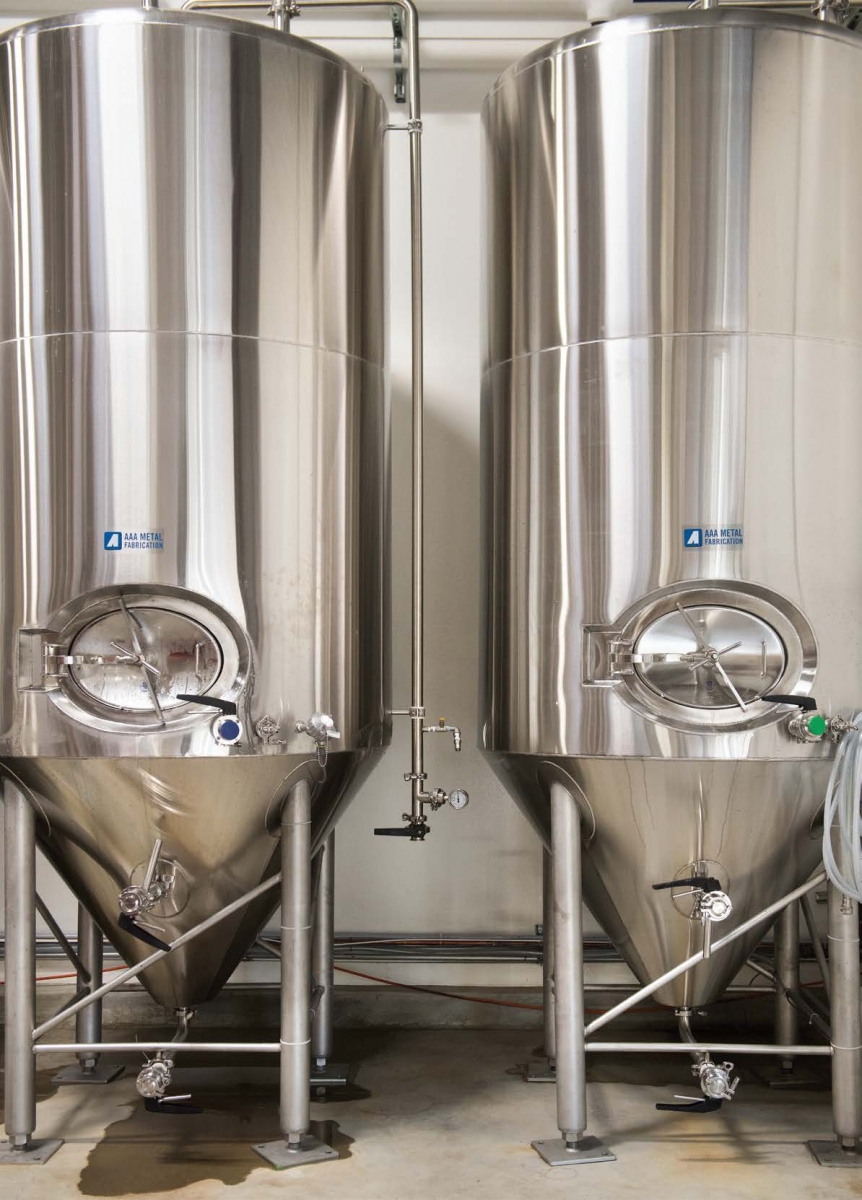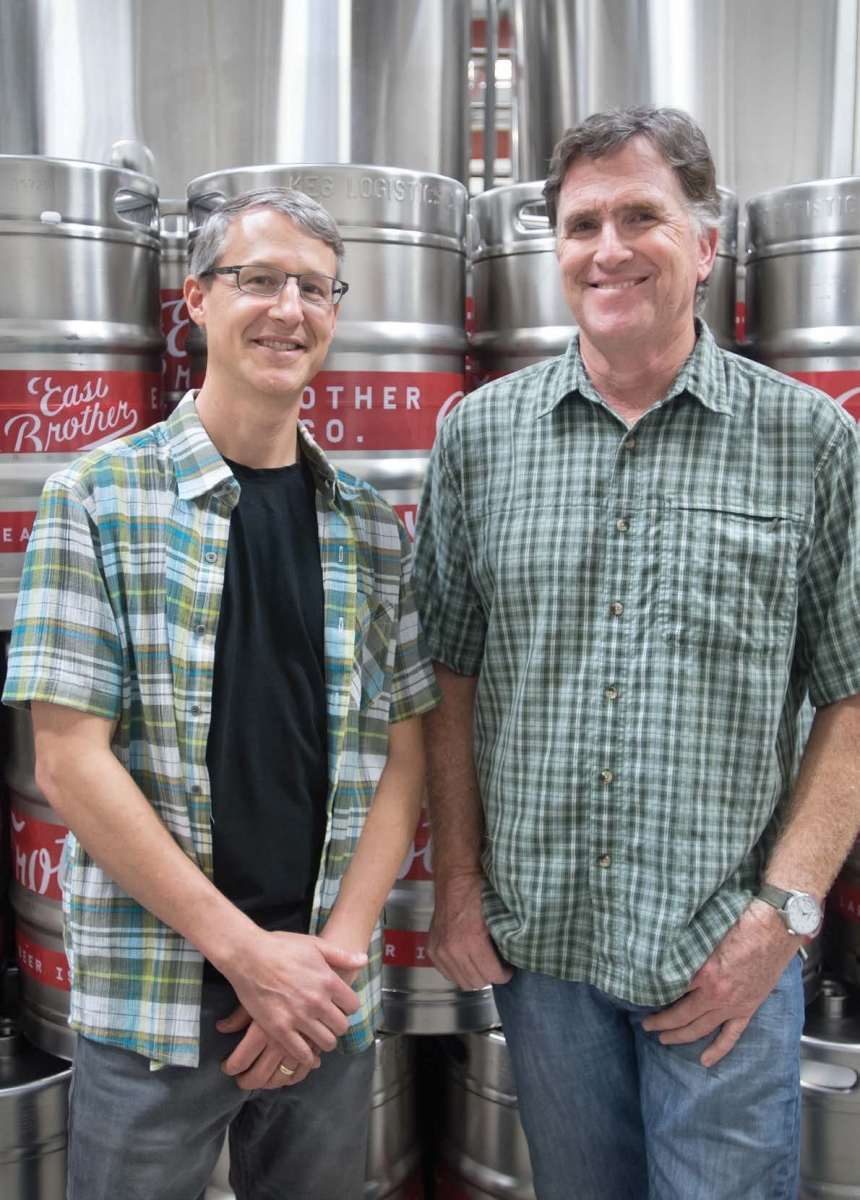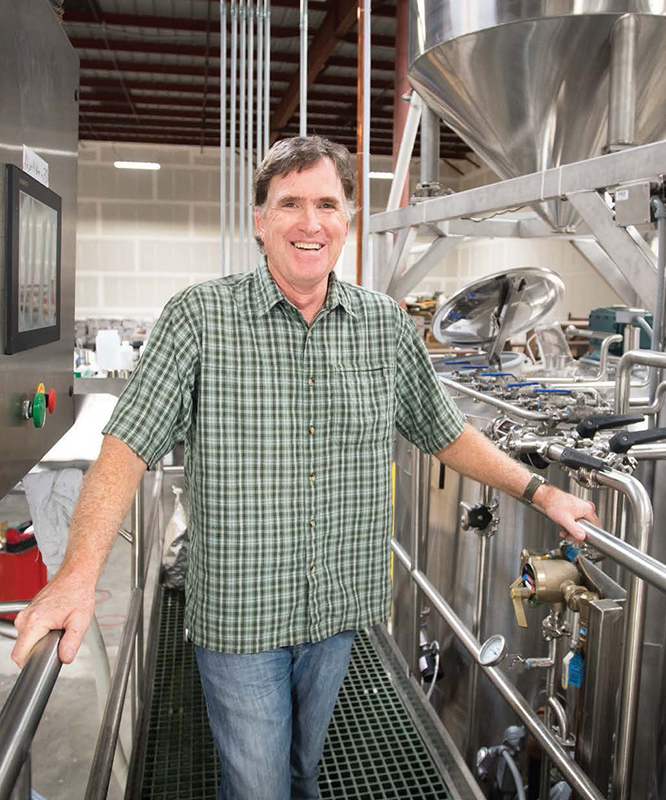 FOR FANS OF true in-house beverages, home-brewed beer is a trend that extends to the comfort of your kitchen, with resources sprinkled throughout the county like high-quality hops in a boil. According to the American Homebrewers Association, there are an estimated 1.2 million Americans mixing up batches of beer at home, with 31 percent of these would-be chemists located right here on the West Coast. And far from the makeshift moonshines of yesteryear, modern homebrews have the potential to rival your favorite craft beer.
FOR FANS OF true in-house beverages, home-brewed beer is a trend that extends to the comfort of your kitchen, with resources sprinkled throughout the county like high-quality hops in a boil. According to the American Homebrewers Association, there are an estimated 1.2 million Americans mixing up batches of beer at home, with 31 percent of these would-be chemists located right here on the West Coast. And far from the makeshift moonshines of yesteryear, modern homebrews have the potential to rival your favorite craft beer.
Who enjoys brewing?
Chris Coomber, co-founder of East Brother Beer Co. in Richmond, which opened late last year, brewed in his Mill Valley home for seven years before going pro. “I gradually became interested in beer on a gourmand level, learning and tasting the different flavors,” Coomber says. “Then I became a bit fanatical about it.” His newfound interest took him to The Beverage People, a brew supply shop in Santa Rosa, where he purchased a beginner beer-making kit replete with premixed beer primed to simmer in a pot on your stove — and that was it. “I just became hooked,” he says. “I basically brewed alone, but my friends (who weren’t really brewers) would hang around, have some beers and help me” — including eventual business partner Rob Lightner, the other half of East Brother. He also compared notes with Marty Wall and Sean Cochran of J&M Brewing in Novato, Marin’s answer to The Beverage People. “They became very important to me in terms of talking beer, thinking about things, and trying different ideas,” Coomber says. “Then I just listened to a ton of beer-making podcasts.”
What is it all about?
Though it may sound intimidating, making your own beer is a pretty simple process. First, sanitize all your equipment. Next, heat water in a large pot — which, according to Wall, is now officially a beer kettle — on your stove. Add the ingredients of your beer kit (we’re starting at level one), which generally includes grains, hops and a premade malt extract, crafted from barley, wheat or rye, and offered in either dry or liquid form. To create malt, dry grains are moistened until they begin to germinate, then cooked in hot air. “Malt controls the color and contributes part of the flavor to the final beer,” Coomber explains. “Darker color means the grain was cooked longer and hotter, lighter shorter and/ or at a lower temperature. Like toast.” Cool down the mixture (which, pre-fermentation, is called wort), transfer it to a fermentation tank and add yeast. “The yeast eats all the sugar and converts it to alcohol, CO2 and flavors,” Coomber says. “And in two to eight weeks, out comes beer.”
 Where can you get supplies and tips?
Where can you get supplies and tips?
Founded by partners Marty Wall and Joe Capone just five years ago, J&M Brewing — which also sells supplies for making cheese, kombucha and wine — offers all you need to get started, from gear to premeasured recipes. It’s also is a hub for homebrewers: “We do brewing demonstrations here just about every third Sunday,” says Wall, who recommends trying your hand at homebrewing before attending a demonstration so you know what questions to ask. J&M also plays host to the Marin Society of Homebrewers (MaSH), a county club it helped reinvigorate in 2012.
When can you meet other brewers?
MaSH meets monthly at J&M. “Most of our members brew independently, then meet up and share,” says president Damien Perry, also one of the club’s resident certified competition judges. “During each meeting we offer feedback on any new brews, or just do general tastings,” says Perry, who adds that the group also tries to include an educational component, discussing factors like water and trends like cold steeping.
Why brew beer?
“What I really like [about homebrewing] is the combination of creativity and science,” Perry adds. “It’s a neat combination of biochemistry and other things. You make beer that no one else in the world is making — you can only get it at your house.” And, of course, the endeavor comes with obvious benefits. “My favorite part of home brewing is drinking the beer, there’s no doubt,” Coomber notes. “The whole process — cleaning and sanitizing the pots, all of it — is leading to this same end, which is a glorious, cold glass of beautiful beer that you can share with your friends.” And considering the plenitude of beer-making resources now available, expert-level crafting is an achievable goal. “I say it’s not homebrewing anymore — it’s making beer at home,” says Wall. “It doesn’t taste like homebrew. It tastes like beer.”
How to get started?
In addition to its monthly meetings, MaSH is heading up the 2017 Marin County Fair Homebrew Competition on June 10.
This article originally appeared in Marin Magazine’s print edition under the headline: “Stay-At-Home Malt“.


